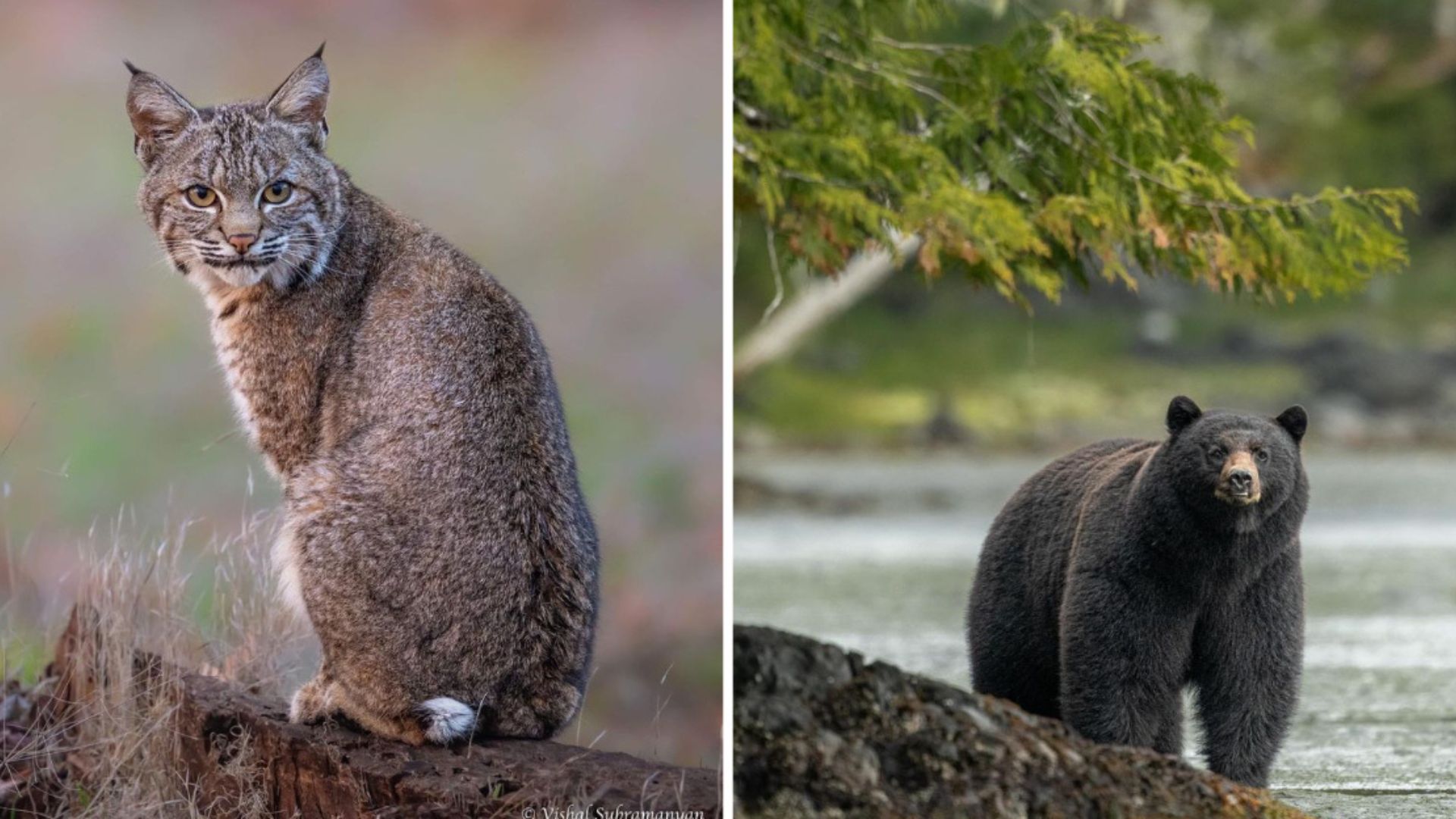Camping in America offers a unique opportunity to connect with nature, but it also presents potential encounters with dangerous wildlife.
Being aware of these animals can help ensure a safe and enjoyable outdoor experience. Here’s a rundown of 20 creatures you might meet while camping, along with tips to keep your trip safe and fun.
1. Grizzly Bear
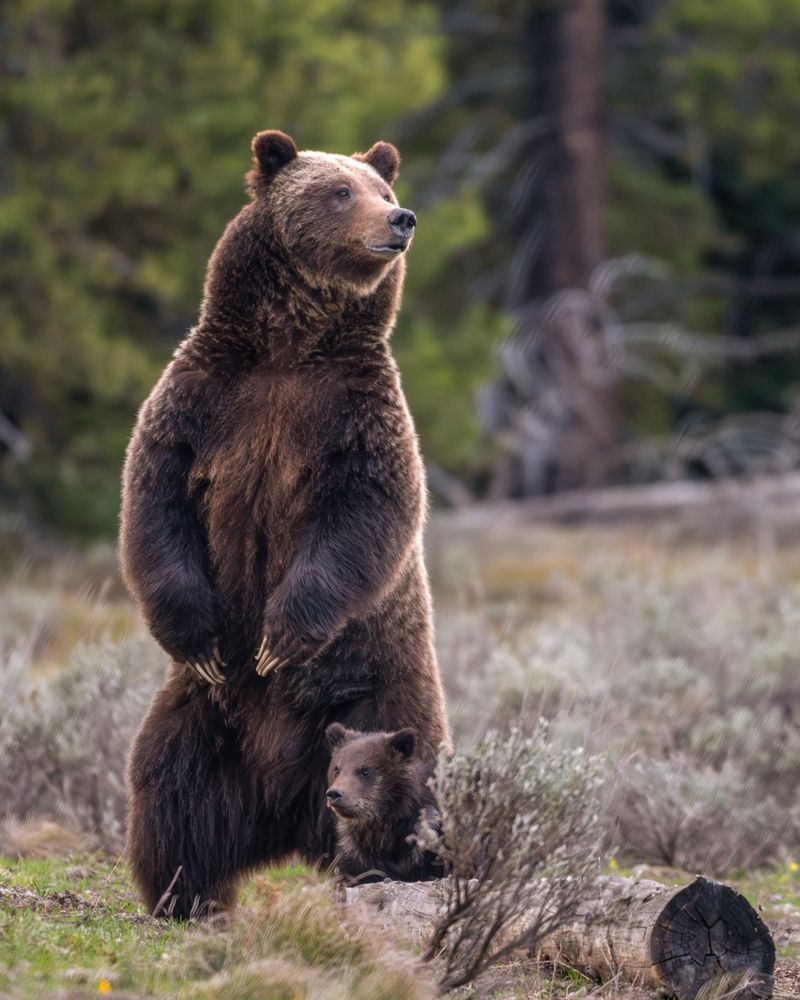
Grizzly bears are one of the most iconic yet dangerous animals you might encounter while camping in America. These large, powerful mammals are primarily found in the western U.S., especially in states like Montana and Wyoming.
Grizzlies are omnivorous, with a diet ranging from berries to large mammals. They are most active during dawn and dusk, and campers should be particularly cautious during these times.
When camping in grizzly territory, it is essential to store food properly and keep campsites clean to avoid attracting these bears.
Grizzlies are known for their incredible sense of smell and can detect food from miles away. If you encounter a grizzly bear, it is crucial to remain calm, avoid eye contact, and slowly back away. Using bear sprays as a deterrent has proven effective in preventing bear attacks.
Always carry bear spray and know how to use it. Remember that grizzlies are typically not aggressive unless they feel threatened or are protecting their young. By respecting their space and being prepared, you can significantly reduce the risk of a dangerous encounter.
2. Mountain Lion
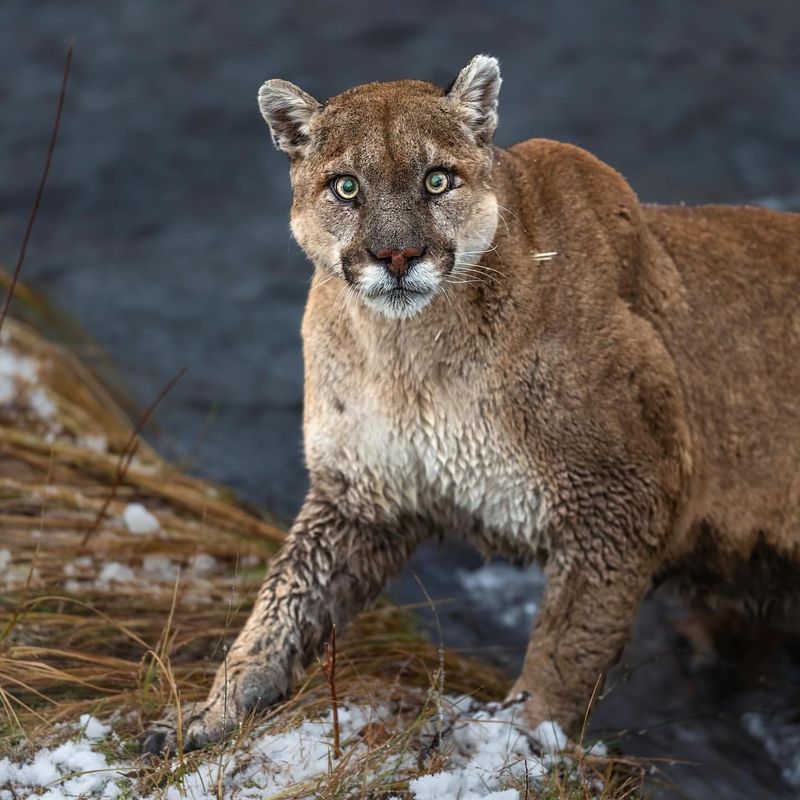
Also known as cougars or pumas, mountain lions are elusive predators found in various regions across America. These animals prefer rugged terrain and dense vegetation, making them more likely to be encountered in mountainous areas like the Rockies.
Mountain lions are solitary creatures, and their primary diet consists of deer, though they will eat smaller animals if necessary.
When hiking or camping in areas known for mountain lion activity, it’s wise to travel in groups and make noise to avoid surprising them. Keeping children and pets close is also crucial, as mountain lions are more likely to view them as prey.
If you happen to encounter a mountain lion, it is important to make yourself appear larger by raising your arms or opening a jacket. Never turn your back or run, as this can trigger their instinct to chase.
Instead, maintain eye contact and speak firmly while slowly backing away. In rare cases of an attack, fight back with whatever is available, aiming for the eyes and face. Awareness and preparation are key to staying safe from these stealthy predators.
3. Rattlesnake
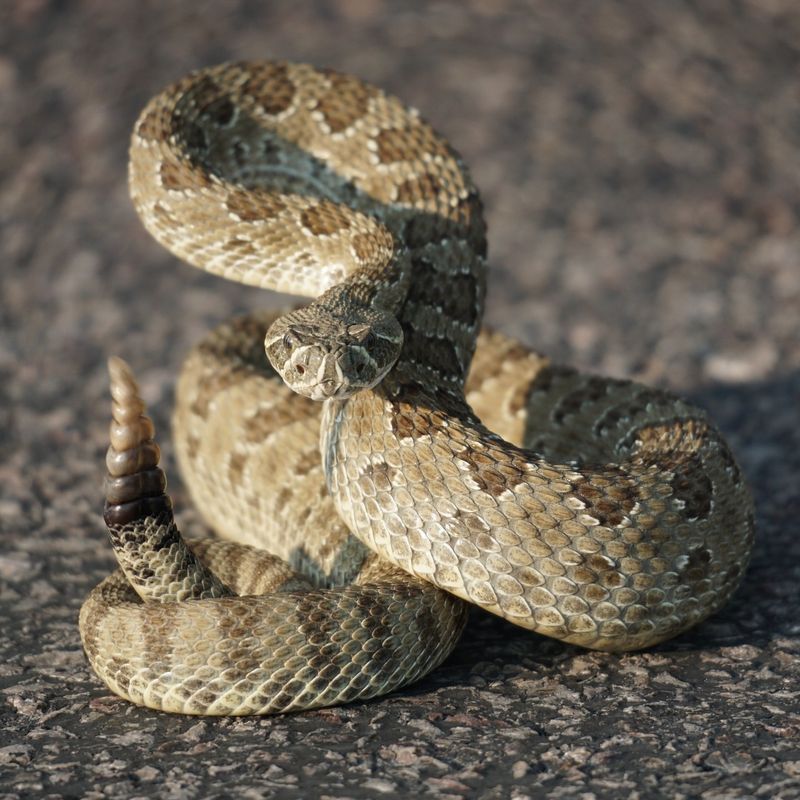
Rattlesnakes are common venomous reptiles found in various habitats across America, from deserts to forests. Their distinctive rattle serves as a warning to stay away, making them one of the more easily identifiable dangerous animals.
Rattlesnakes are most active during warmer months and are often found basking on rocks or trails. When camping or hiking in rattlesnake territory, it’s important to stay on designated paths and wear sturdy boots.
Be cautious when stepping over logs or rocks, as snakes often hide in such places. If you hear a rattling sound, stop immediately and locate the source before proceeding.
In the event of a rattlesnake bite, seek medical attention promptly, as their venom can be serious. Keep calm and immobilize the affected limb to slow the spread of venom.
Avoid traditional first-aid myths like cutting the bite or sucking out venom. With proper precautions and respect for their space, encounters with rattlesnakes can be safely managed.
4. American Alligator
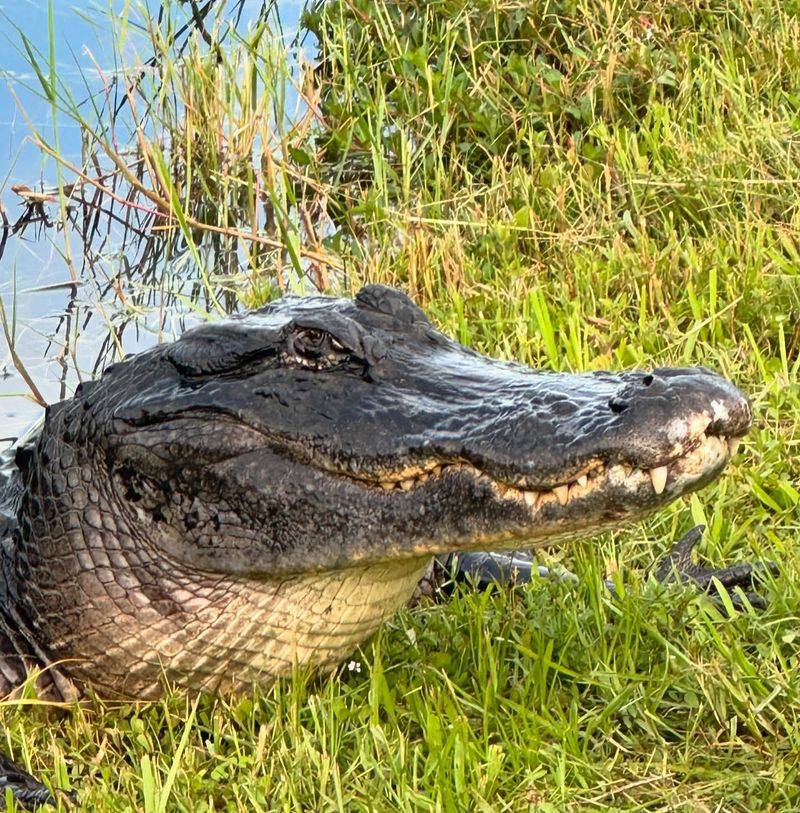
The American alligator is a formidable reptile found primarily in the southeastern United States, especially in states like Florida and Louisiana. These ancient creatures thrive in freshwater environments such as swamps, rivers, and lakes.
Alligators are opportunistic feeders, preying on fish, birds, and mammals. When camping near bodies of water in the southeastern U.S., always be cautious of alligator habitats. Never swim in areas known for alligators, especially during their mating season from April to June when they are most aggressive.
Keep a safe distance if you spot one, and never attempt to feed or provoke them. Alligator attacks on humans are rare, but they can occur if the animal feels threatened or cornered. If you encounter an alligator on land, slowly back away while keeping an eye on its movements.
In the unlikely event of an attack, fight back by targeting the eyes and snout. Respecting their habitat and keeping a safe distance will help ensure a safe camping experience.
5. Black Bear
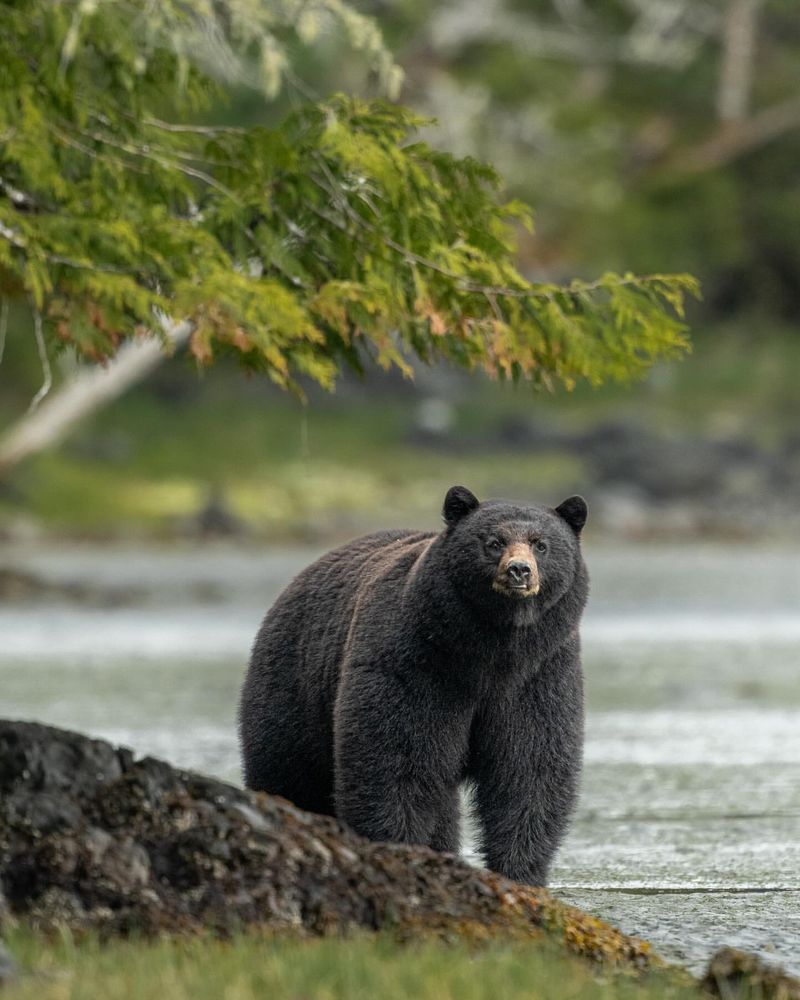
Black bears are widespread across North America, inhabiting forests, mountains, and swamps. Unlike their grizzly relatives, black bears are generally smaller and less aggressive, but they still pose a significant threat if provoked.
Black bears are omnivores that eat a variety of foods, including plants, insects, and small mammals. Campers should be vigilant in areas known for black bear activity, ensuring that all food and scented items are stored in bear-proof containers.
They can become habituated to human food, leading them to seek out campsites. If you encounter a black bear, try to make yourself appear larger and make loud noises to scare it away. Never run from a bear, as this can trigger a chase response.
If a black bear approaches, stand your ground and use bear spray if necessary. In extremely rare cases of an attack, fight back aggressively. Black bears can often be deterred with proper precautions and respect for their space, allowing for a safe camping experience.
6. Coyotes
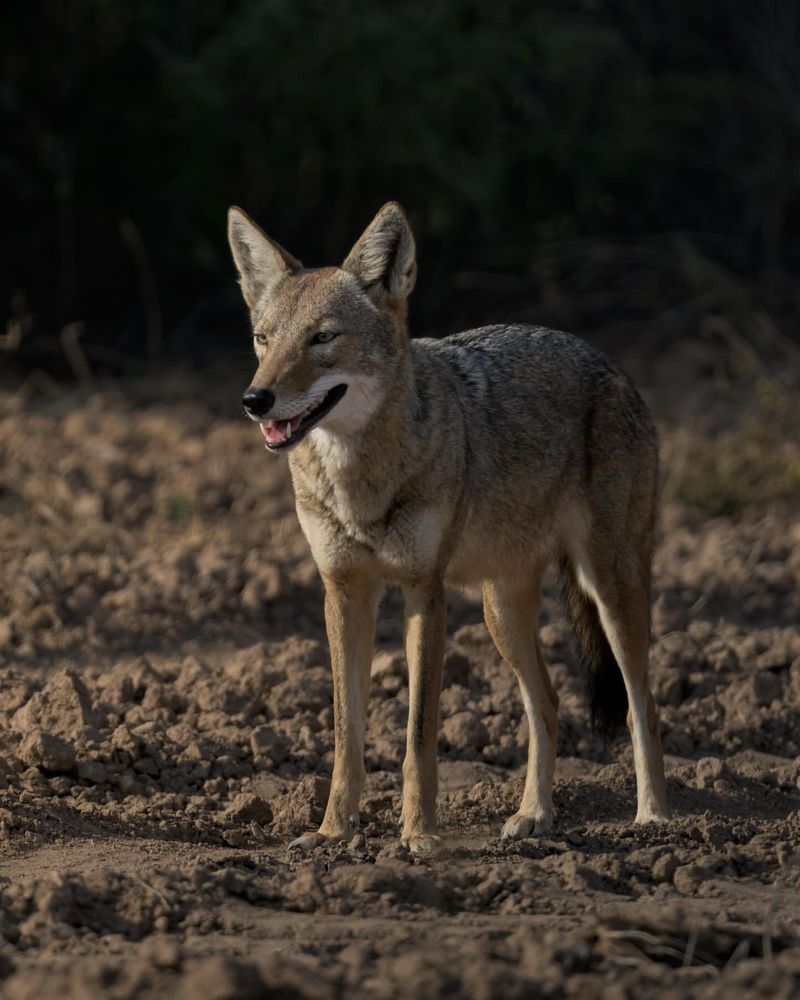
Coyotes are adaptable predators found throughout North America, often thriving in urban and suburban environments. These canines are known for their intelligence and resourcefulness, preying on small mammals, birds, and even garbage.
While not typically dangerous to humans, coyotes can pose a threat to pets and small children. When camping in areas where coyotes are present, keep food secured and pets leashed at all times.
Coyotes are naturally wary of humans, but they can become aggressive if they associate people with food. If a coyote approaches, do not run; instead, make loud noises and wave your arms to appear intimidating. In rare cases where a coyote becomes aggressive, using sticks or rocks as deterrents can be effective.
Teaching children to respect wildlife and not approach or feed animals is important for preventing encounters. By maintaining a respectful distance and securing food, campers can coexist peacefully with these adaptable creatures.
7. Moose
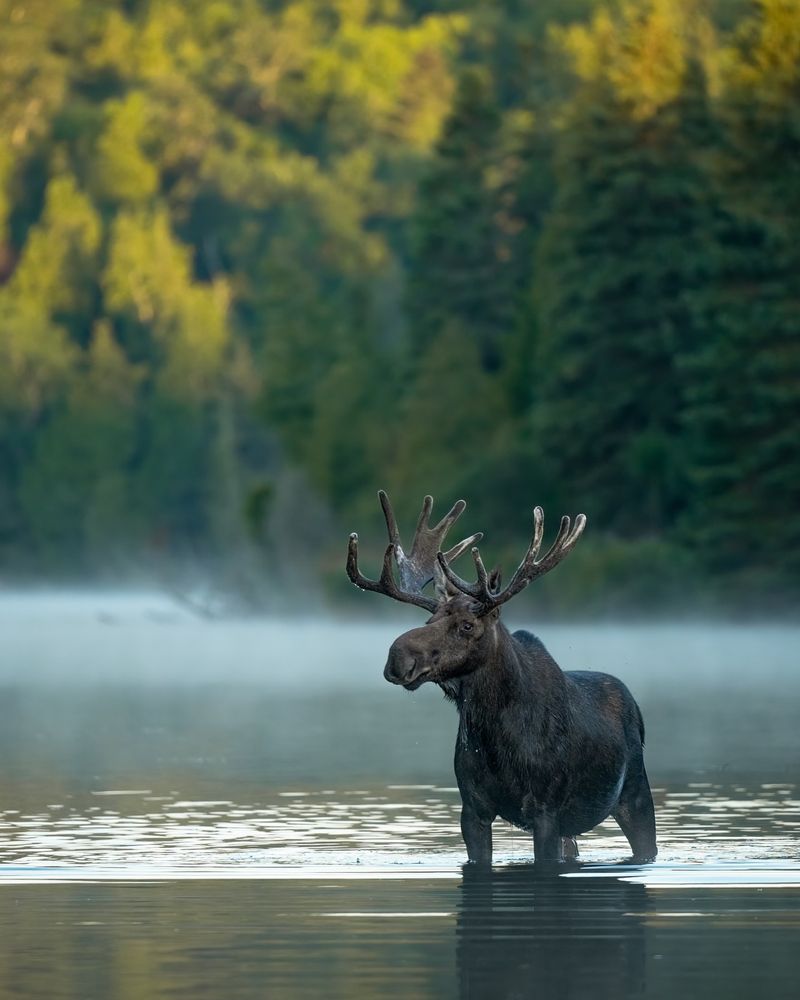
Moose are the largest members of the deer family, commonly found in the northern regions of the United States, particularly near lakes and forested areas. With their towering height and massive antlers, moose are impressive yet potentially dangerous animals to encounter.
Moose are generally not aggressive, but they can be unpredictable if they feel threatened, especially during mating season or when protecting calves. Campers should give moose a wide berth and never attempt to approach or feed them.
If a moose displays signs of aggression, such as laying its ears back or raising its hackles, it’s best to slowly back away. In the unlikely event of a moose charging, finding a sturdy object to hide behind or climbing a tree can provide safety.
Moose are strong swimmers, so avoiding areas where they may suddenly appear from water is also wise. By respecting these giant creatures’ space and understanding their behavior, campers can safely enjoy the wilderness.
8. Wolves
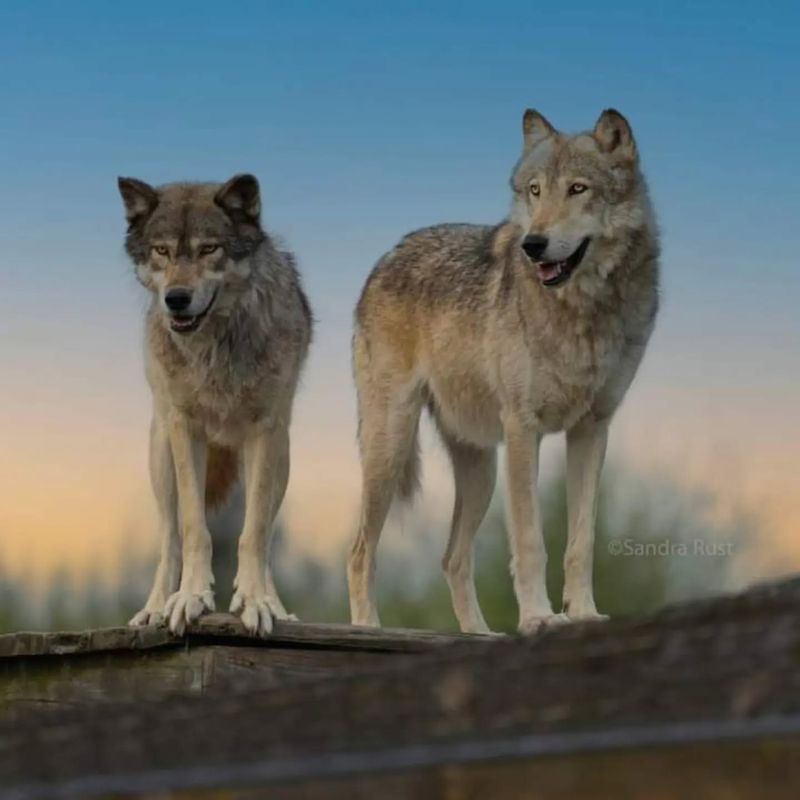
Wolves are legendary pack hunters found in remote wilderness areas of North America, known for their intelligence and complex social structures. Primarily preying on large ungulates like deer and elk, wolves play a crucial role in maintaining ecological balance.
Encounters with wolves are rare, but they can occur in places like Alaska or the northern Rockies. When camping in wolf territory, it’s essential to secure food and avoid leaving scraps around campsites, as wolves may be attracted to human food sources.
Traveling in groups and making noise can also deter wolves from approaching. If you happen to see a wolf, remain calm and do not run. Back away slowly while maintaining eye contact, making yourself appear as large as possible.
In the extremely unlikely event of aggression, use sticks or rocks as defenses. Wolves generally avoid human contact, and by respecting their habitat, campers can coexist safely with these magnificent predators.
9. Ticks
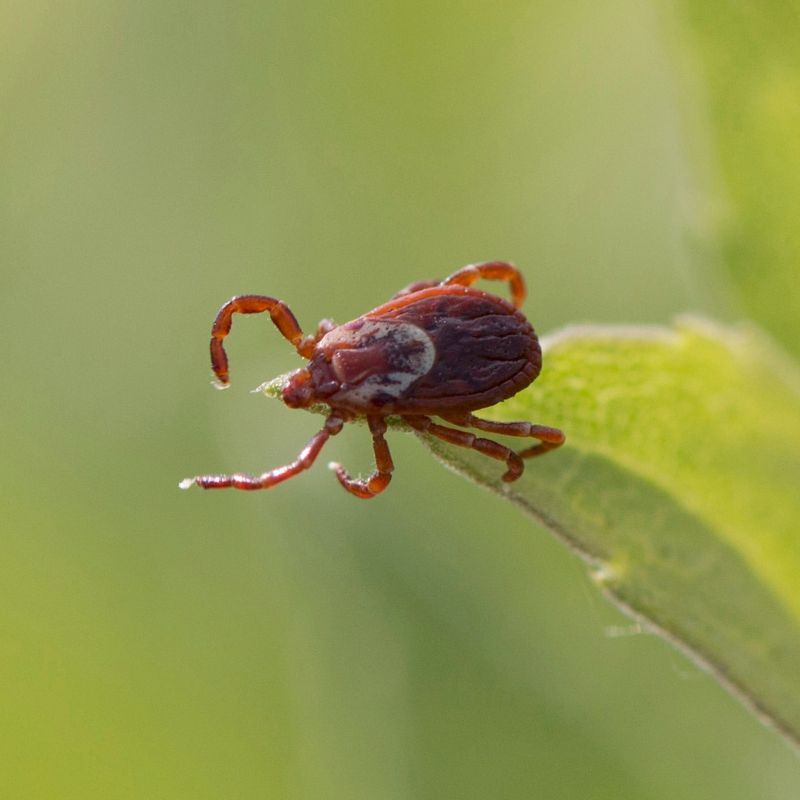
Ticks are small, blood-sucking parasites commonly found in grassy and wooded areas across America. While not animals in the traditional sense, ticks pose significant health risks, as they can transmit diseases such as Lyme disease and Rocky Mountain spotted fever.
Campers should take preventive measures to avoid tick bites, such as wearing long sleeves and pants, using insect repellent, and performing regular tick checks. Ticks are most active during warmer months, and it’s crucial to be vigilant in areas known for tick activity.
If you find a tick attached to your skin, remove it promptly using tweezers, grasping the tick close to the skin and pulling steadily. Avoid crushing the tick, as this can release harmful pathogens. After removal, clean the area with antiseptic and monitor for any signs of illness.
By taking these precautions, campers can reduce the risk of tick-borne diseases and enjoy their outdoor adventures safely.
10. Bobcat
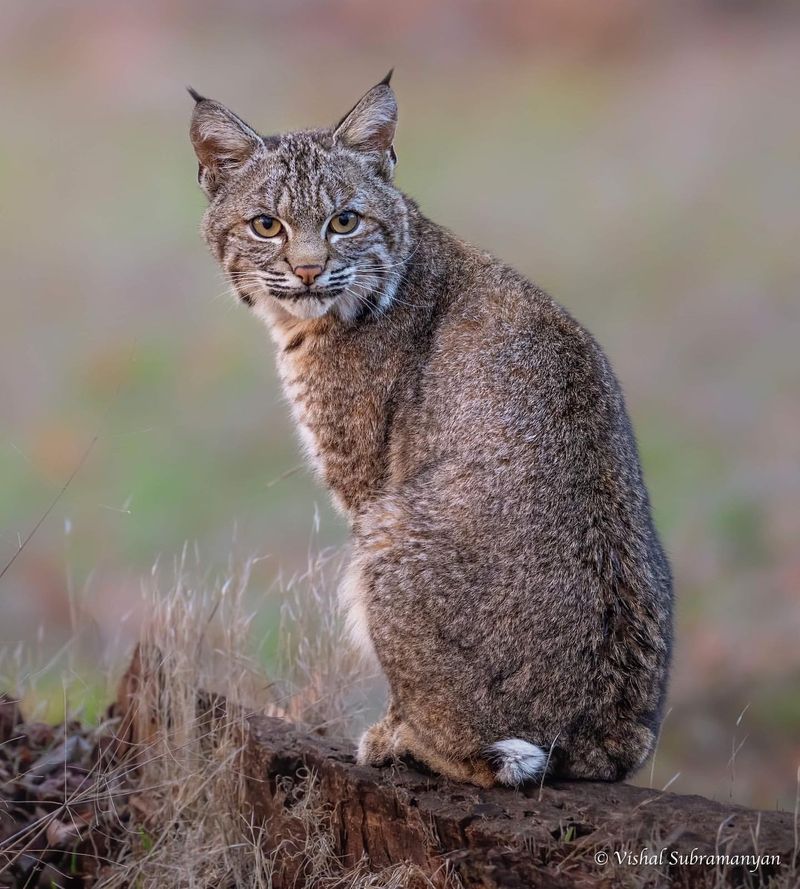
Bobcats are elusive medium-sized wildcats native to North America, known for their adaptability and stealth. These solitary hunters prefer wooded areas, swamps, and deserts, where they prey on small mammals, birds, and rodents.
Generally speaking, bobcat encounters are rare, as they tend to avoid human interaction. When camping in bobcat territory, it’s important to keep campsites clean and avoid leaving food out, as this can attract not only bobcats but other wildlife as well.
They are naturally timid around humans, but if you do encounter one, give it plenty of space to avoid provoking it. If a bobcat approaches, make yourself appear larger and make loud noises to scare it away.
Bobcats can be deterred with bright lights or by throwing objects in their direction, but never turn your back on them. By staying aware of your surroundings and respecting the natural behavior of bobcats, you can minimize the chances of an encounter.
11. Porcupine
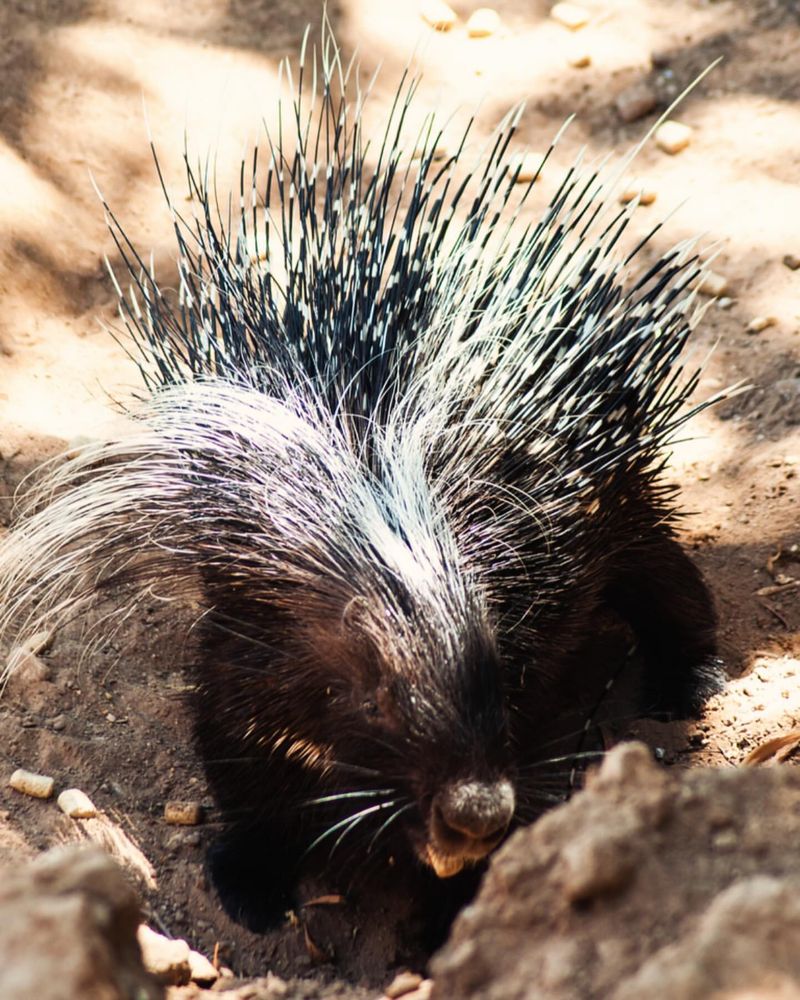
Porcupines are nocturnal rodents known for their quills, which serve as a defense mechanism against predators. Found throughout North America, porcupines inhabit forests and are often seen climbing trees in search of food.
While not inherently dangerous, their quills can cause painful injuries if an animal or person gets too close. When camping in areas where porcupines are present, it’s essential to keep pets on a leash and away from these animals.
Curious dogs may approach porcupines and end up with a face full of quills, which require veterinary attention for removal. If you encounter a porcupine, maintain a respectful distance and allow it to move away on its own.
Porcupines are generally slow-moving and non-aggressive, so there’s no need to panic. By observing these fascinating creatures from afar, campers can avoid unwanted quill encounters and enjoy the beauty of nature.
12. Gila Monster
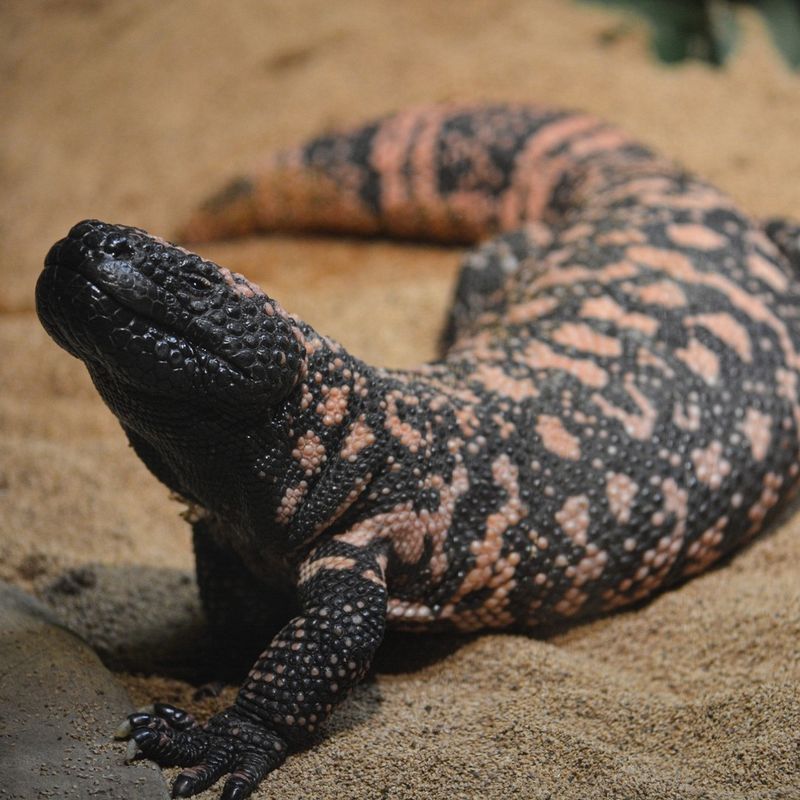
The Gila monster is one of North America’s few venomous lizards, found primarily in the arid regions of the southwest, such as Arizona and Nevada. Recognized by their distinctive black and orange patterns, Gila monsters are slow-moving but can deliver a painful bite when threatened.
When camping in desert areas, be aware of your surroundings and check under rocks or logs before placing your hands. Gila monsters are not aggressive and will typically only bite if provoked or handled. They spend most of their time hidden, making encounters uncommon.
If bitten by a Gila monster, remain calm and seek medical attention, as the venom can cause significant discomfort. To avoid encounters, exercise caution and respect their habitat by not attempting to handle or provoke them.
Understanding the behavior of Gila monsters can help campers appreciate their role in the ecosystem while minimizing risk.
13. Javelina
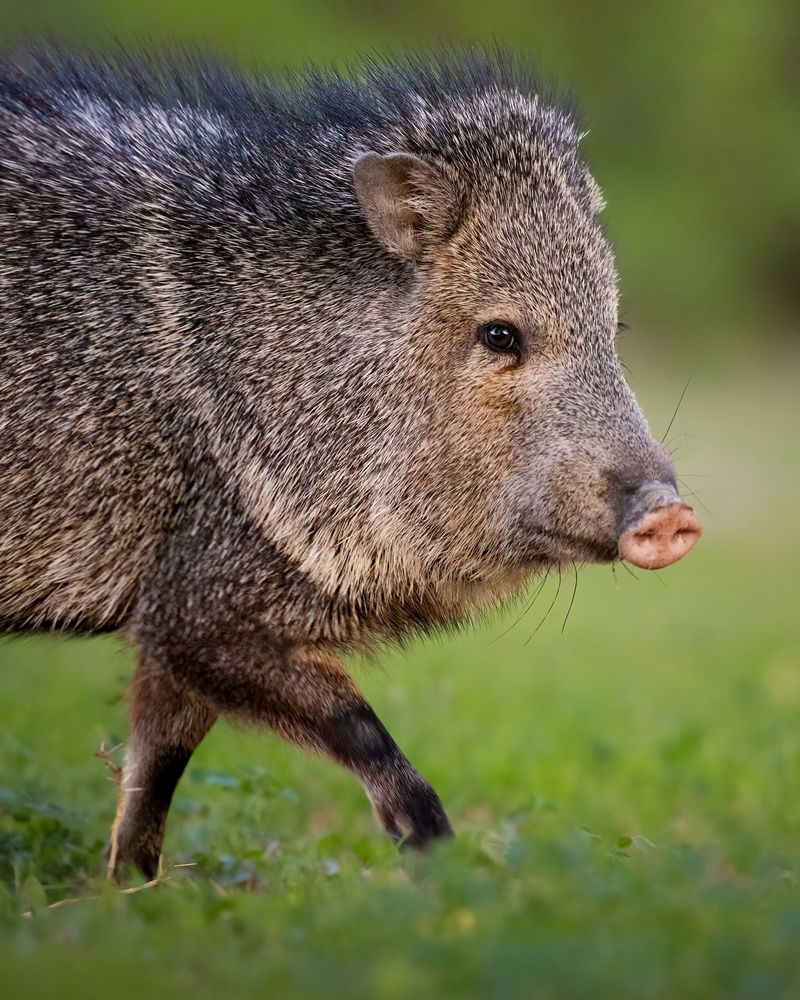
Javelinas, or peccaries, are pig-like mammals found in the southwestern United States, inhabiting deserts and scrublands. These social animals travel in herds and are primarily herbivores, feeding on roots, fruits, and cacti.
While generally not dangerous, javelinas can become aggressive if they feel threatened or cornered. Campers should take care not to approach javelinas or feed them, as this can lead to unwanted interactions.
Keep campsites clean and free of food scraps to prevent attracting these animals. If you encounter a javelina, slowly back away and give it space to pass. In rare instances of aggression, making loud noises or using deterrents like water sprays can help scare them off.
Understanding javelina’s behavior and maintaining a respectful distance will ensure a safe camping experience in their territory.
14. American Bison
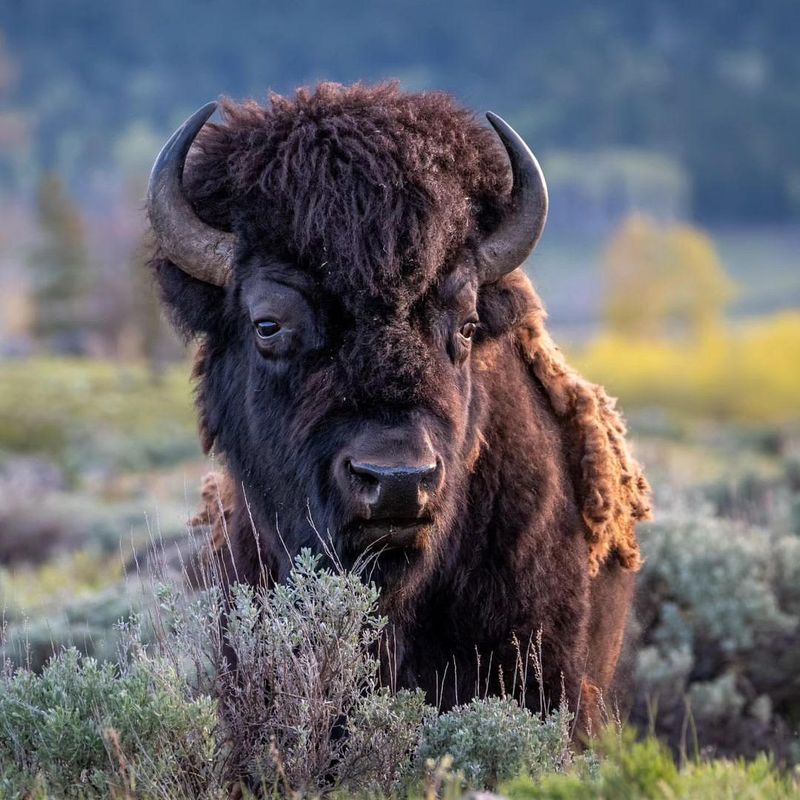
The American bison, also known as buffalo, is a powerful symbol of the Great Plains and an important part of American history. Despite their calm appearance, bison can be incredibly dangerous and unpredictable, particularly if they feel threatened or provoked.
When camping in areas where bison roam, such as national parks, it’s crucial to maintain a safe distance. Bison may charge if they feel their space is invaded. Their speed and strength make them capable of causing serious injury.
If you find yourself close to a bison, remain calm and slowly back away. Never approach them, especially during mating season or when calves are present. Admiring these magnificent creatures from a distance ensures your safety and their well-being.
15. Scorpions
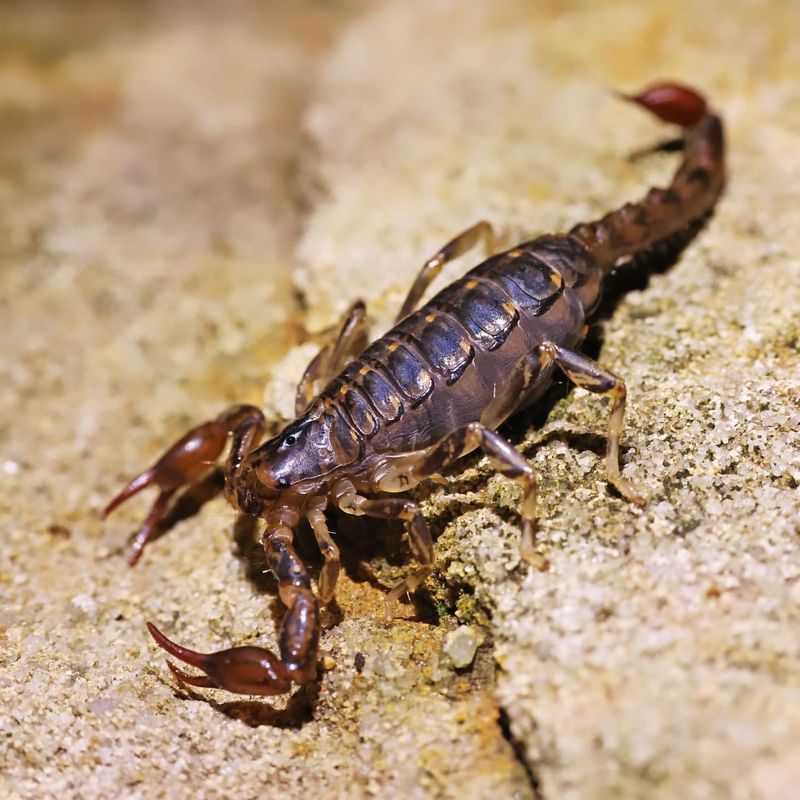
Scorpions are arachnids found primarily in desert regions of the southwestern United States. These nocturnal creatures are known for their venomous sting, which can cause pain and discomfort, although it is rarely life-threatening to healthy adults.
When camping in scorpion territory, it’s important to shake out shoes and clothing before wearing them, as scorpions may seek shelter in these items. Using a blacklight can help spot scorpions at night, as they glow under ultraviolet light.
If stung by a scorpion, clean the area with soap and water, apply a cool compress, and take over-the-counter pain relief if necessary. Seek medical attention if symptoms worsen, especially in young children or those with allergies.
By taking precautions and being aware of their presence, scorpions can be safely avoided in the wild.
16. Brown Recluse Spider
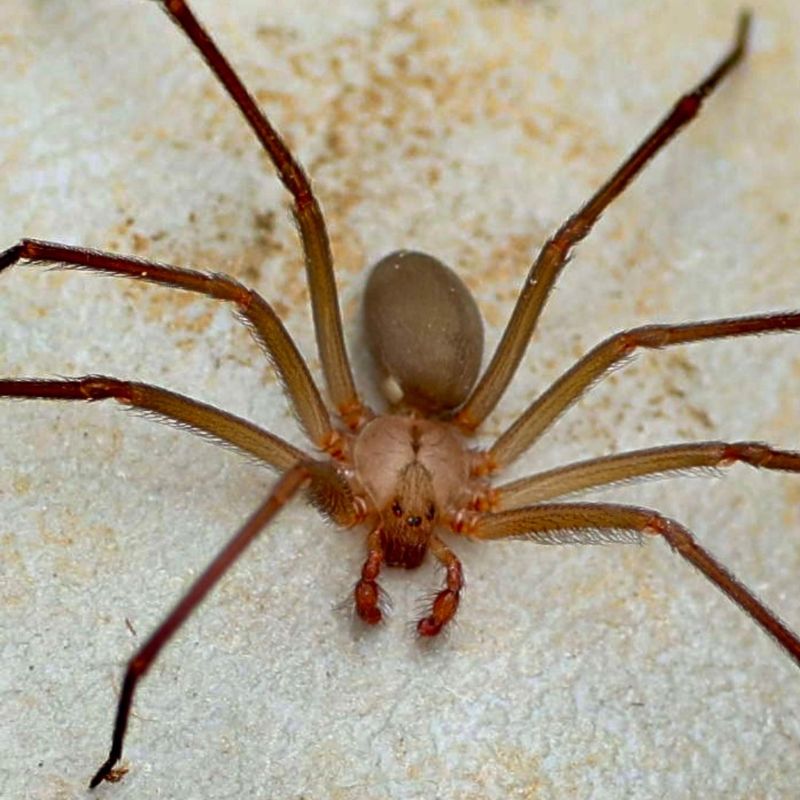
The brown recluse spider is a venomous arachnid found in the central and southern United States, recognized by the violin-shaped marking on its back. While shy and reclusive, this spider can deliver a painful bite that may lead to serious medical complications.
Campers should be cautious when reaching into dark or undisturbed areas where spiders may hide, such as woodpiles or tents. Wearing gloves and shaking out bedding and gear can help prevent unwanted encounters.
If bitten by a brown recluse, seek medical attention promptly, as their bites can cause necrosis and other severe reactions. Applying ice and keeping the affected limb elevated can help mitigate swelling.
By understanding their behavior and taking preventive measures, campers can minimize the risk of spider bites.
17. Skunks
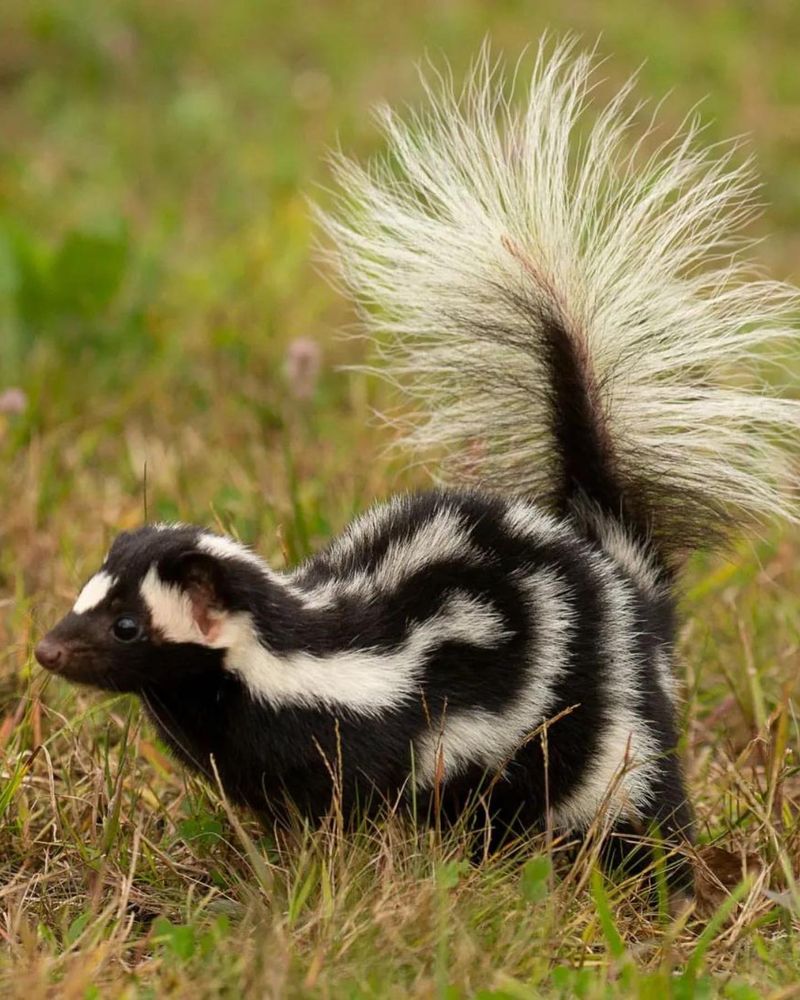
Skunks are small mammals known for their distinctive black-and-white coloration and their ability to spray a foul-smelling liquid as a defense mechanism. Found throughout North America, skunks are often encountered in forests, fields, and even urban areas.
When camping, it’s important to secure food and trash, as skunks are attracted to human food sources. If you encounter a skunk, remain calm and avoid sudden movements. Skunks will usually give warning signs, such as stomping or raising their tails, before spraying.
If sprayed, a mixture of hydrogen peroxide, baking soda, and dish soap can help neutralize the odor. Understanding skunk behavior and keeping campsites clean can help prevent unpleasant encounters with these unique creatures.
18. Fire Ants
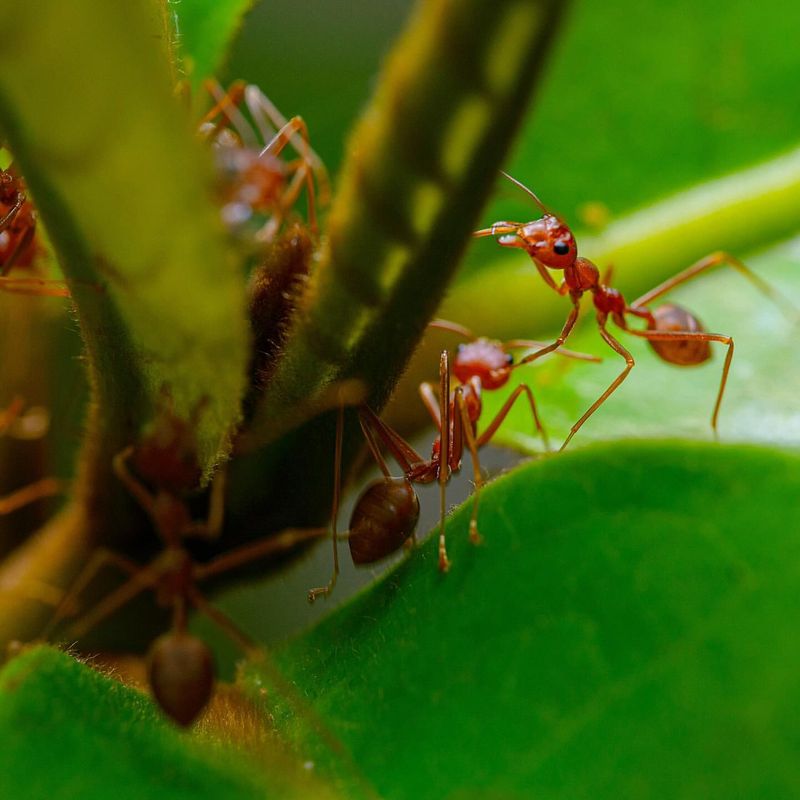
Fire ants are small but mighty creatures that can cause significant discomfort with their painful stings. Found primarily in the southern United States, these ants are known for their aggressive nature.
If their mound is disturbed, they won’t hesitate to defend it fiercely, potentially causing allergic reactions in sensitive individuals. While their bite isn’t lethal, it can lead to severe itching and blistering.
It’s wise to avoid walking barefoot or placing tents near visible ant mounds. Carrying antihistamines and using insect repellent can help mitigate the risk of encounters with these fiery little insects.

